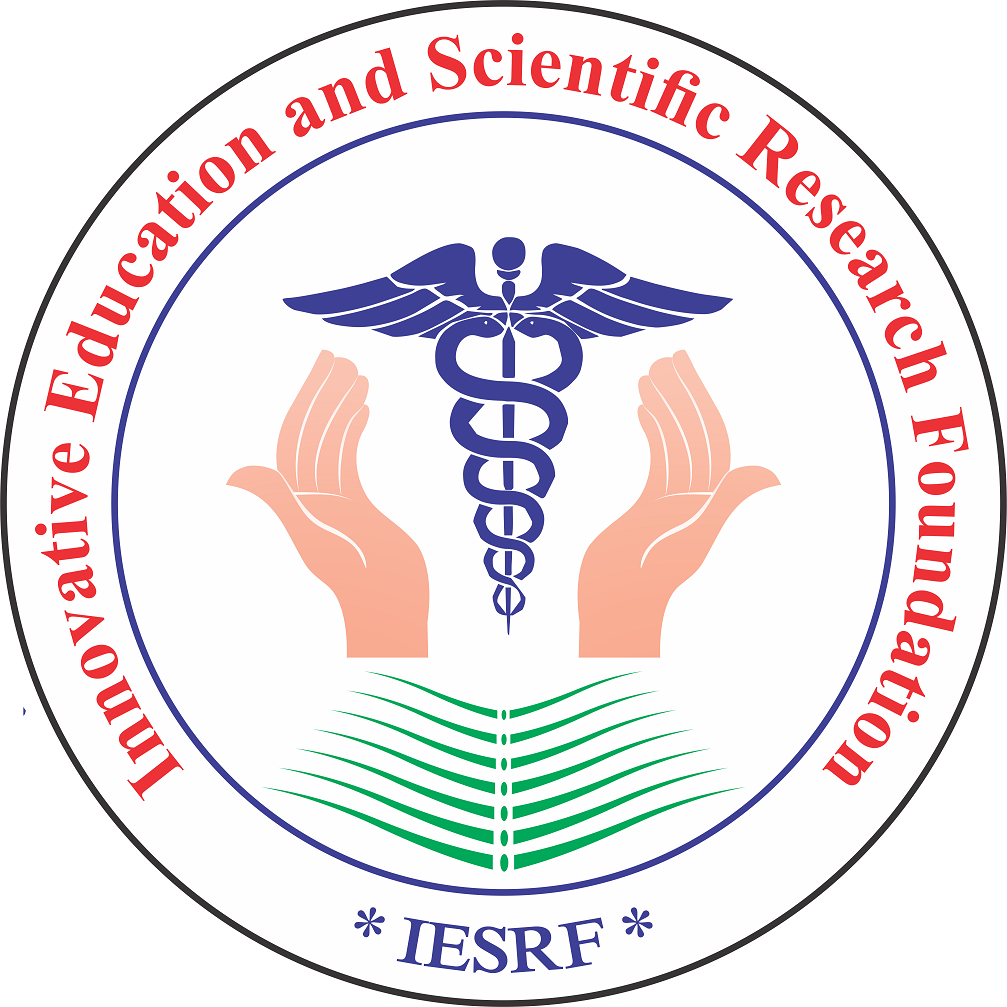- Visibility 111 Views
- Downloads 75 Downloads
- Permissions
- DOI 10.18231/j.ijrimcr.2025.005
-
CrossMark
- Citation
Non-interventional data collection study to evaluate the clinical manifestations of anaemia in adult female population
Introduction: Anaemia is one of the most common haematological disorders worldwide, affecting a significant proportion of the global population. The World Health Organization (WHO) defines anaemia as a condition in which the number of red blood cells or the haemoglobin concentration within them is lower than normal. For adult females, the threshold for anaemia is a haemoglobin concentration of less than 12 grams per decilitre (g/dL) of blood. Anaemia is a multifactorial condition, influenced by numerous variables, including nutritional deficiencies, chronic diseases, genetic disorders, and menstrual blood loss.
Aim & Objectives: The primary aim of this study is to evaluate the clinical manifestations of anaemia in the adult female population through a non-interventional data collection approach. 1) To evaluate the clinical manifestations (symptoms and signs) of anaemia in adult females, 2) To analyse the relationship between the severity of anaemia and its clinical manifestations in this population and 3) To assess the association between factors such as age, menstrual history, lifestyle, and underlying conditions with anaemia presentation
Materials and Methods: This research will use data from electronic health records (EHRs) in a retrospective cohort design. Since the study is non-interventional, no adjustments will be made to patient care or treatment as a result of its findings. Data from current clinical records will be gathered in the past.
Results: The study comprised Prevalence of anaemia: 15% of the study population had anaemia, defined as haemoglobin levels below 12 g/dL for women and 13 g/dL for men. Common symptoms: The most frequently reported symptoms were fatigue (70%), weakness (65%) and shortness of breath (45%), dizziness (35%), and headache (30%). Symptom severity: Fatigue was rated as severe or very severe by 40% of participants with anaemia. Impact on daily life: 50% of participants with anaemia reported that their symptoms interfered with their daily activities, such as work, household chores, or social engagements. Co-existing conditions: 30% of participants with anaemia also had at least one other chronic condition, such as diabetes, heart disease, or kidney disease.
Conclusion: The study provides valuable insights into the relationship between demographics, clinical manifestations, lifestyle factors, and the severity of anaemia among a group of 40 female participants. Based on the collected data, several important conclusions can be drawn.
Keywords: Non-interventional, Anaemia, Haemoglobin, Conjunctival pallor, Tachycardia
How to Cite This Article
Vancouver
Sivaji K, Sri UB, Subrahmanyam KB, Prashanth P, Sri MB, Reddy PS. Non-interventional data collection study to evaluate the clinical manifestations of anaemia in adult female population [Internet]. Int J Recent Innov Med Clin Res. 2025 [cited 2025 Sep 21];7(1):23-28. Available from: https://doi.org/10.18231/j.ijrimcr.2025.005
APA
Sivaji, K., Sri, U. B., Subrahmanyam, K. B., Prashanth, P., Sri, M. B., Reddy, P. S. (2025). Non-interventional data collection study to evaluate the clinical manifestations of anaemia in adult female population. Int J Recent Innov Med Clin Res, 7(1), 23-28. https://doi.org/10.18231/j.ijrimcr.2025.005
MLA
Sivaji, Kanikella, Sri, Udimudi Bhagya, Subrahmanyam, Kolla Bala, Prashanth, Podiyam, Sri, Madu Bhanu, Reddy, Pamireddy Sowmya. "Non-interventional data collection study to evaluate the clinical manifestations of anaemia in adult female population." Int J Recent Innov Med Clin Res, vol. 7, no. 1, 2025, pp. 23-28. https://doi.org/10.18231/j.ijrimcr.2025.005
Chicago
Sivaji, K., Sri, U. B., Subrahmanyam, K. B., Prashanth, P., Sri, M. B., Reddy, P. S.. "Non-interventional data collection study to evaluate the clinical manifestations of anaemia in adult female population." Int J Recent Innov Med Clin Res 7, no. 1 (2025): 23-28. https://doi.org/10.18231/j.ijrimcr.2025.005
